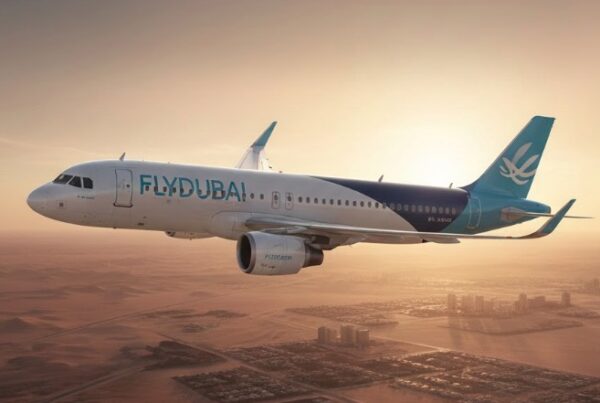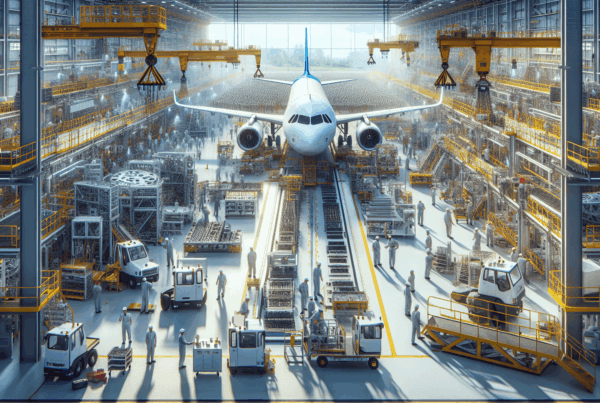The air transport chain is faltering on a crucial point: engine availability. At a time when airlines are seeking to optimize their fleets and cut costs, an unprecedented scarcity of Pratt & Whitney engines powering modern single-aisle aircraft is creating lasting tensions. This crisis goes beyond the simple question of spare parts: it redefines the very value of aircraft, upsetting flight schedules and forcing public and private players to rethink fleet management.
Why the P&W engine shortage is crippling airlines
A combination of production delays, longer maintenance lead times and workshop bottlenecks has turned some PW1000G engines into scarce resources. Where, historically, the engine was an interchangeable component, it has now become a bottleneck. The most spectacular consequence is that, on the second-hand and rental market, the price of an engine can rival that of a car. A320neo complete.
This situation stems from several factors: sustained worldwide demand for new-generation single-aisle aircraft, limited industrial capacity among engine manufacturers, and the increased overhaul work required for engines subject to intensive cycles. The observable result is a scarcity that affects incumbent airlines, low-costs and regional operators alike.
A concrete operational impact on flight programs
When engines become unavailable, airlines are faced with painful decisions. Some companies temporarily ground airworthy aircraft for lack of available propulsion units. Others opt for cannibalization These include the dismantling of recent aircraft to salvage engines intended to maintain the rotation of more lucrative aircraft. These trade-offs have a direct impact on schedule reliability, with cancellations and delays weighing on passenger satisfaction and operating accounts.
The shortage also increases pressure on the leasing market. Leasing rates for used engines are rising, driving up operating costs. For growing airlines, the lack of engines cannot be compensated for by the acquisition of new aircraft if these are not delivered with the expected engines, creating a paradox where virtually new aircraft remain grounded for lack of power.
Financial consequences and strategic risks
In financial terms, the over-valuation of engines results in higher cost items and a deterioration in margins on the most competitive routes. Lessors are also seeing their model disrupted: the value of a lease contract may be dictated more by the condition and availability of the engine than by the age of the aircraft. In the longer term, this crisis may prompt airlines to reconsider their industrial choices and opt for aircraft whose engines are less exposed to supply disruptions.
Effects on industrial planning and the supply chain
Engine manufacturers, aircraft manufacturers and maintenance workshops now have to synchronize production and overhauls more closely. Longer production and return-to-service times are having a domino effect: aircraft deliveries are being delayed, fleet expansion is being postponed, and the need for MRO (maintenance, repair and overhaul) capacity is increasing. These constraints reveal the sector's structural vulnerability to targeted supply shocks.
How are companies and manufacturers responding?
Faced with this motorization crisis, several strategies are emerging. In the short term, operators are increasing the number of leasing agreements, optimizing aircraft rotation and prioritizing the most profitable routes. Some are re-examining their maintenance contracts or setting up partnerships to speed up overhauls. In the medium and long term, diversifying suppliers, increasing reconditioning capacity and pooling inventories are seen as ways of building resilience.
Engine manufacturers are working to increase production rates and improve lead-time predictability. At the same time, the maintenance market is trying to absorb the flow by investing in additional workshops and training specialized technicians, but these measures require time and capital.
Impact on passengers and tourism
Passengers are likely to be the main losers if the situation persists: reduced flight frequency, higher prices and uncertainty over route reliability. For destinations dependent on regular tourist flows, prolonged disruptions can reduce attractiveness and impact the local economy. Travel and tourism operators need to factor this risk into their forecasts and sales strategies.
What should we remember for the immediate future of aviation?
The Pratt & Whitney engine crisis highlights a simple reality: engines are no longer just another component, they are at the heart of the value and operational continuity of modern fleets. Strengthening the resilience of air transport will require a combination of industrial investment, sector coordination and more flexible fleet management strategies. The coming months will be decisive in determining whether the industry can turn this vulnerability into an opportunity for modernization.
Article based on information provided by Flywest.




